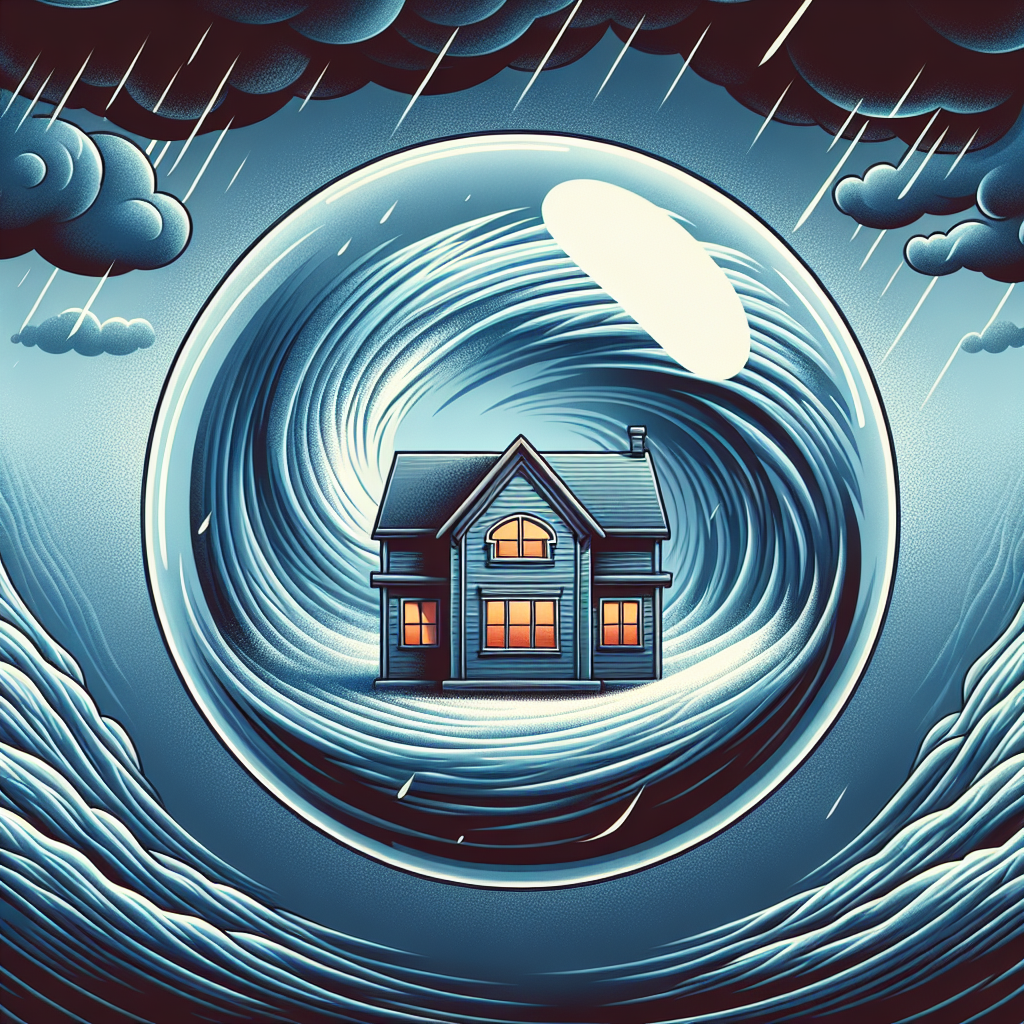Filed under Home Insurance on
Guide to Home Insurance & Personal Property Coverage

When it comes to protecting your home and valuable possessions, understanding the intricacies of home insurance and personal property coverage is crucial. These components not only safeguard your dwelling but also ensure peace of mind against unforeseen events. In this guide, we delve into the essentials of home insurance and personal property coverage, providing homeowners with the knowledge they need to make informed decisions.
Understanding Home Insurance
Home insurance, a vital aspect of property ownership, offers protection against potential damages and liabilities. It typically covers the structure of your home, any attached structures, and personal belongings within the house. Additionally, it may provide liability protection if someone is injured on your property.
Types of Home Insurance Policies
- HO-1 (Basic Form): Offers limited coverage against specific perils like fire or theft.
- HO-2 (Broad Form): Expands upon the basic form, covering a wider range of perils.
- HO-3 (Special Form): The most common policy, providing comprehensive coverage with few exclusions.
- HO-5 (Comprehensive Form): Offers extensive coverage for both the home and personal property.
- HO-6 (Condo Insurance): Tailored for condominium owners, covering the interior and personal property.
- HO-8 (Older Home Coverage): Specifically designed for older homes, accommodating unique features and risks.
Personal Property Coverage: A Closer Look
Personal property coverage is an essential part of home insurance, safeguarding personal belongings like furniture, electronics, and clothing. It's crucial to understand the nuances of this coverage to ensure adequate protection.
Replacement Cost vs. Actual Cash Value
- Replacement Cost: Covers the cost to replace an item with a new one of similar kind and quality.
- Actual Cash Value (ACV): Accounts for depreciation, offering a payout based on the item's current value.
Most experts recommend opting for replacement cost coverage to avoid significant out-of-pocket expenses after a loss.
Navigating Coverage Limits and Deductibles
Both home insurance and personal property coverage come with specific limits and deductibles. Understanding these aspects helps in tailoring your insurance policy to fit your needs.
Determining Coverage Limits
Your coverage limit should mirror the cost of rebuilding your home or replacing your personal belongings. Conducting a home inventory can help in accurately determining these values.
Managing Deductibles
Deductibles represent the out-of-pocket expense you must pay before insurance kicks in. While higher deductibles can lower premiums, they also increase your financial responsibility during a claim.
Common Perils Covered by Home Insurance
Standard home insurance policies cover a range of perils. However, knowing what's included is essential for comprehensive protection.
- Fire and smoke damage
- Wind and hail
- Theft and vandalism
- Water damage (excluding floods)
- Falling objects
Consider adding additional coverage for events like floods or earthquakes, as these are typically excluded from standard policies.
Ensuring Adequate Protection: Endorsements and Riders
Endorsements, or riders, are policy add-ons that enhance your home insurance. They address specific needs and provide extra protection for valuable items.
Common Endorsements
- Scheduled Personal Property: Covers high-value items not fully protected under standard limits.
- Water Backup: Protects against damages caused by sewer or drainage backups.
- Identity Theft Restoration: Offers support and financial assistance in recovering from identity theft.
Consider your lifestyle and belongings to identify which endorsements may be beneficial for you.
The Claims Process: What to Expect
Filing a claim can be challenging, but understanding the process can alleviate stress and facilitate a smoother experience.
- Report the incident: Contact your insurer immediately to report the damage or theft.
- Document the damage: Take photographs and keep records of any damaged items or property.
- Submit a claim: Complete the necessary forms and provide supporting documentation.
- Inspection: An adjuster will assess the damage and verify your claim.
- Settlement: Upon approval, your insurer will provide a payout according to your policy terms.
Industry Trends: The Future of Home Insurance
The home insurance landscape is evolving with technology and consumer demands shaping its future. Understanding these trends can help homeowners anticipate changes and adapt accordingly.
Digital Transformation
Insurers are increasingly leveraging digital tools for seamless policy management and claims processing. This trend is simplifying customer interactions and enhancing efficiency.
Customization and Flexibility
There's a growing emphasis on personalized insurance solutions, allowing homeowners to tailor policies precisely to their needs.
Increased Focus on Preventive Measures
Insurance providers are encouraging preventive measures, offering incentives for installing security systems and smart home devices.
Expert Insights: Maximizing Your Coverage
To make the most of your home insurance and personal property coverage, consider these expert tips:
- Review your policy annually: Life changes, and so should your coverage. Regularly updating your policy ensures alignment with your current needs.
- Shop around: Compare multiple insurers to find the best combination of coverage and cost.
- Utilize discounts: Many insurers offer discounts for bundling policies, installing safety features, or maintaining a claim-free record.
With this comprehensive guide, homeowners can navigate the complexities of home insurance and personal property coverage with confidence, ensuring robust protection for their homes and valuables. Always consult with a professional to tailor a policy that best fits your unique circumstances.





